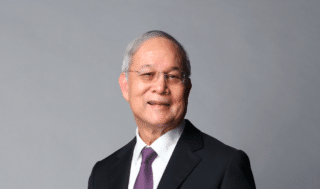When calamities hit economically backward and underdeveloped countries like the Philippines, disaster management efforts should always take into consideration more than the immediate needs of affected populations such as food, water, clothing and medicine. Why? This is because the breakdown of social services almost always follows the onslaught of floods, earthquakes, and even man-made disasters like war and military operations. This serves to increase the difficulties of managing the disaster and alleviating the suffering of those affected.
Time and again, it has been proven that whenever disasters happen in the Philippines, social infrastructure including electricity shuts down for days or months, depending on the nature of the disaster and where it struck. In the absence of electricity, all human activity is severely disrupted; economic and business activities grind to a halt as systems are damaged or ruined. Right now, those who live and work within 60 kilometers of Taal Volcano are reeling from the impact of its recent eruption. According to reports, the ashfall knocked down power distribution circuits throughout Tagaytay City and parts of Batangas, Cavite and Laguna. Volcanic fragments also caused outages in five major transmission facilities.
It is most frustrating to environment advocacy groups that despite the immediate availability of alternative means to address this problem, local government units and even the national government and its agencies continue to fail to take action. What’s the immediate solution? Solar energy and solar PV systems, which can be customized and immediately deployed. Even without storage systems that can ensure 24/7 electricity supplies, a solar PV installation can generate electricity to power lights, electric fans, radios, and charge cell phones.
While it is true that in the last decade, the concept of “the resilient community” has become popular, sadly, in most cases, the urgent need for electricity access is hardly considered during preparations against disasters. It is only considered in the wake of disasters when supplies have been cut off. We must work for disaster resilience in all our communities, not only to restore their economic and social viability following disasters, but to ensure that the negative experiences of those affected do not worsen. Resilience also means that electricity, water and communication lines are not cut off. Utilizing and fully maximizing the uses of solar energy and solar PV systems can increase community resilience by providing homes and community institutions backup power even if the electricity from the grid is not restored.
INA ALLECO R. SILVERIO, social transformation team, WeGen Laudato Si’, Ortigas, Pasig City




